Herbes de Provence Chicken: A Taste of Southern France in Every Bite
Welcome, spice enthusiasts and kitchen alchemists! Today, we’re diving deep into the sun-drenched fields of Provence and exploring how you can recreate that rustic French charm right in your own kitchen — with a special focus on one of our favorite global spice blends: Herbes de Provence, starring in a glorious main dish — chicken!
This blog is your ultimate guide to mastering herbes de provence chicken, complete with pro tips, myth-busting facts, and even a few spicy surprises. Let’s get spiced up and ready to roast!
Table of Contents
- What Exactly Are Herbes de Provence?
- Why This Spice Blend Works So Well with Chicken
- How to Prepare Herbes de Provence Chicken Like a Pro
- Common Mistakes (and How to Avoid Them)
- Wine & Side Pairings That’ll Elevate Your Meal
- Global Spice Traditions: How Provence Fits Into the World Pantry
- Frequently Asked Spice-y Questions
What Exactly Are Herbes de Provence?
You’ve probably seen this fancy-looking jar tucked away in the spice aisle or proudly displayed on someone’s rustic kitchen shelf. But what’s inside that makes it so special? Herbes de Provence is a traditional blend from the Provence region of southern France, typically containing:
- Thyme
- Rosemary
- Oregano
- Marjoram
- Basil
- Lavender (yes, really!)
- Sometimes savory or fennel seeds
| Spice | Aroma Profile | Flavor Contribution |
|---|---|---|
| Thyme | Earthy, slightly minty | Adds depth and herbaceous backbone |
| Rosemary | Pine-like, woodsy | Provides boldness and aroma |
| Oregano | Pungent, spicy | Brings warmth and Mediterranean flair |
| Marjoram | Mildly sweet and floral | Softens the blend and adds balance |
| Basil | Fragrant, peppery | Introduces brightness and freshness |
| Lavender | Floral, aromatic | Unique signature note (use sparingly!) |
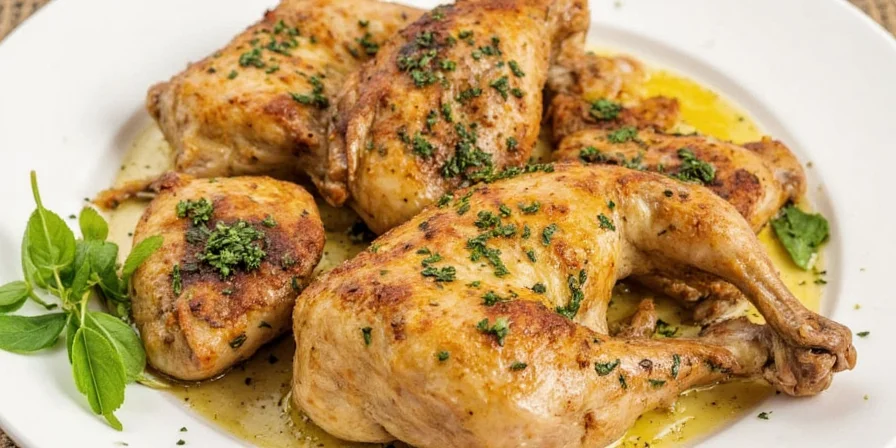
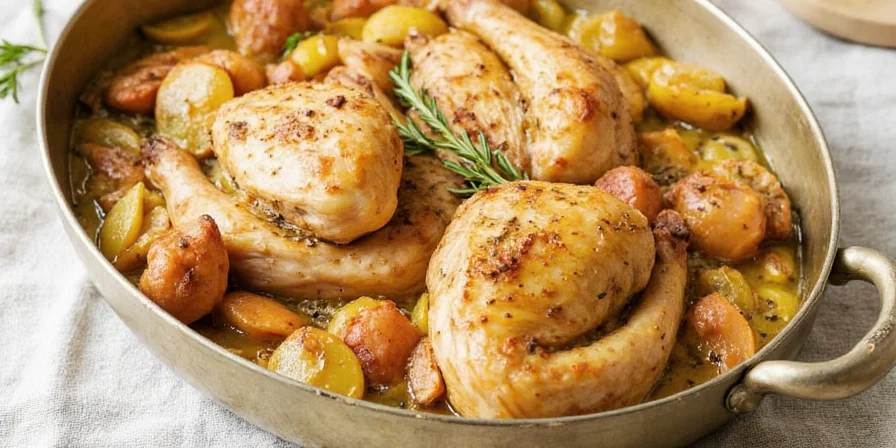
Why This Spice Blend Works So Well with Chicken
The magic behind herbes de provence lies in its perfect synergy with poultry. Each herb plays a specific role:
- Thyme and Rosemary infuse rich earthiness, complementing chicken’s mild flavor.
- Oregano and Marjoram bring out savory umami notes without overpowering the meat.
- Lavender adds an elegant floral lift — not sweet like potpourri, but more like walking through a summer field after rain.
When roasted or grilled, these herbs release volatile oils that coat the chicken skin in a fragrant embrace, making every bite smell like a Sunday lunch in the French countryside.
How to Prepare Herbes de Provence Chicken Like a Pro
Let’s move from theory to practice. Here’s a step-by-step recipe to elevate your weeknight dinner game:
Ingredients:
- Whole chicken or chicken thighs/drumsticks
- 3 tbsp Herbes de Provence
- 3 garlic cloves, minced
- 1 lemon, halved
- 2 tbsp olive oil
- Salt and pepper to taste
- Optional: Lemon slices, onion wedges, cherry tomatoes for roasting alongside
Steps:
- Preheat oven to 400°F (200°C).
- Mix spices: Combine Herbes de Provence, olive oil, garlic, salt, and pepper in a bowl.
- Massage the chicken: Rub the mixture all over the chicken, including under the skin.
- Stuff and roast: Place lemon halves and aromatics inside the cavity. Roast until golden and juices run clear (~60–75 minutes for a whole chicken).
- Rest and serve: Let the chicken rest for 10 minutes before carving. Serve with crusty bread and seasonal veggies.
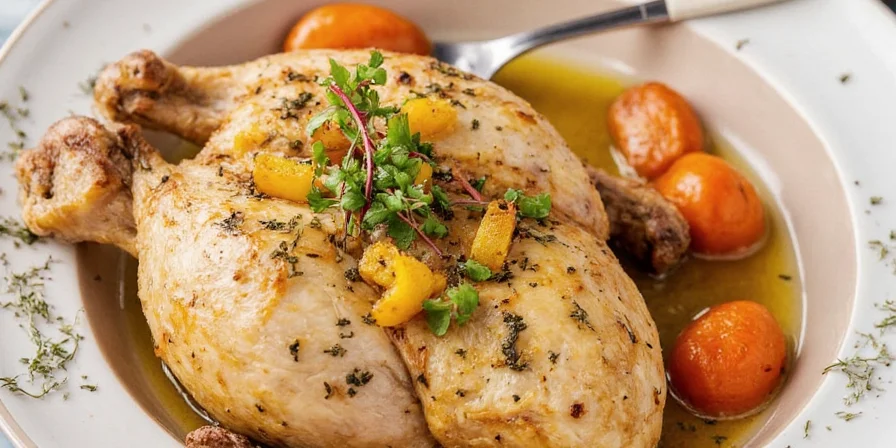
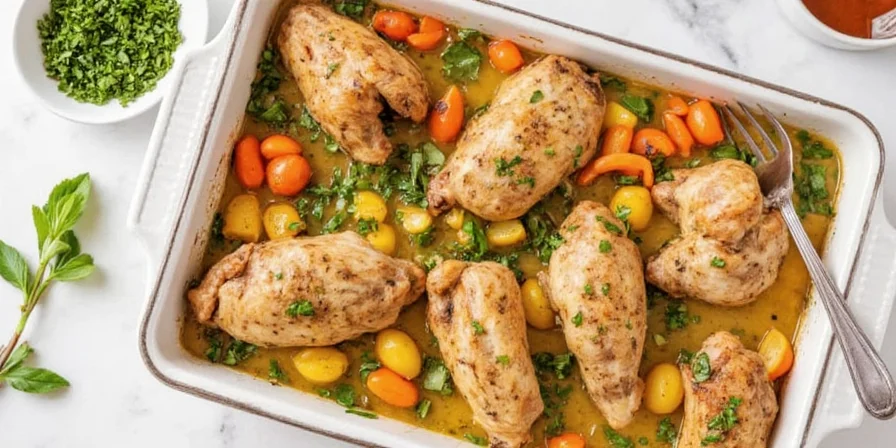

Common Mistakes (and How to Avoid Them)
Even seasoned cooks can stumble when handling such a potent blend. Here are the most common pitfalls and how to sidestep them:
- Mistake #1: Overusing lavender.
Too much can make your dish smell like grandma’s drawer liner. Use no more than ½ tsp per tablespoon of total spice mix. - Mistake #2: Not letting it rest.
Skipping the resting period means losing all those beautiful juices. Patience pays off! - Mistake #3: Using old or low-quality herbs.
Freshness matters! Old herbs lose their aromatic punch. Consider grinding just before use for maximum fragrance. - Mistake #4: Cooking at too high a temperature.
Burnt skin equals bitterness. Keep it steady at around 400°F, and lower to 350°F if browning too quickly. - Mistake #5: Not tasting as you go.
Adjust salt early. Spices vary in intensity, especially homemade blends.
Wine & Side Pairings That’ll Elevate Your Meal
Now that your chicken is perfection on a platter, don’t ruin it with random sides. Here’s what to pair it with:
| Wine Type | Flavor Notes | Why It Works |
|---|---|---|
| Châteauneuf-du-Pape | Rich, earthy, berry-forward | Matches the complexity of the herbs |
| Provence Rosé | Dry, crisp, citrusy | Cleanses the palate after each juicy bite |
| Grenache | Spicy, warm, fruity | Complements rosemary and thyme beautifully |
Perfect Sides:
- Roasted potatoes with rosemary
- Grilled zucchini and eggplant
- Herbed couscous or quinoa
- Crusty baguette with olive tapenade
Global Spice Traditions: How Provence Fits Into the World Pantry
Spice traditions around the world tell stories of trade routes, conquests, and cultural fusion. Herbes de Provence may seem modest compared to the fiery curries of India or the complex ras el hanout of Morocco, but its elegance lies in restraint and harmony.
While many cuisines use bold, upfront flavors, Provence offers subtlety — the kind of seasoning that whispers rather than shouts. It shares kinship with Italian mixes like Italian seasoning but leans more floral and less oregano-heavy. Compared to Middle Eastern za’atar, which has tangy sumac and sesame, Herbes de Provence focuses purely on aromatic herbs.
In Global Spice Traditions, Herbes de Provence holds its own as a testament to the culinary philosophy of “less is more” — where nature’s bouquet becomes the star.
Frequently Asked Spice-y Questions
Can I substitute Herbes de Provence if I don’t have it?
Absolutely! While nothing quite matches the original blend, you can create a close approximation by mixing equal parts thyme, rosemary, marjoram, and oregano. Add a pinch of dried lavender if you want to mimic that floral nuance.
Is lavender in my food safe?
Yes, but only culinary-grade lavender. The kind sold in craft stores isn’t meant for consumption. Stick to food-safe varieties and always use sparingly.
Can I use this spice mix on other proteins?
Definitely! Try it on pork chops, lamb shank, or even roasted vegetables like cauliflower or squash. Its versatility makes it a true kitchen MVP.
How long does Herbes de Provence last?
If stored properly in an airtight container away from light and moisture, the blend should stay fresh for up to 1 year. For best results, grind just before use to preserve essential oils.
Conclusion: Spice Up Your Life with Herbes de Provence Chicken
Whether you're a spice connoisseur or a curious home cook, herbes de provence chicken is a delicious gateway into the world of regional spice traditions. With its rustic charm and sophisticated aroma, this dish brings a touch of Provence to your table without needing a passport or a Michelin star.
Remember, the secret to great cooking isn’t just technique — it’s knowing how to layer flavors with intention and care. So grab that jar (or make your own!), season boldly, and enjoy the journey from pantry to plate.
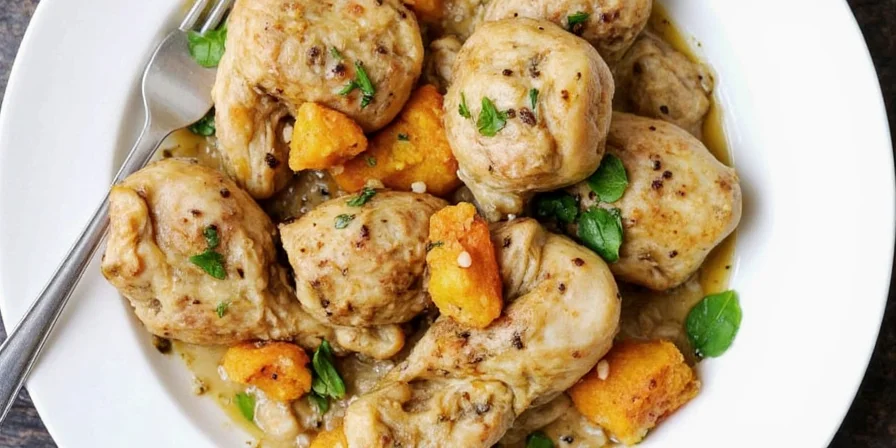
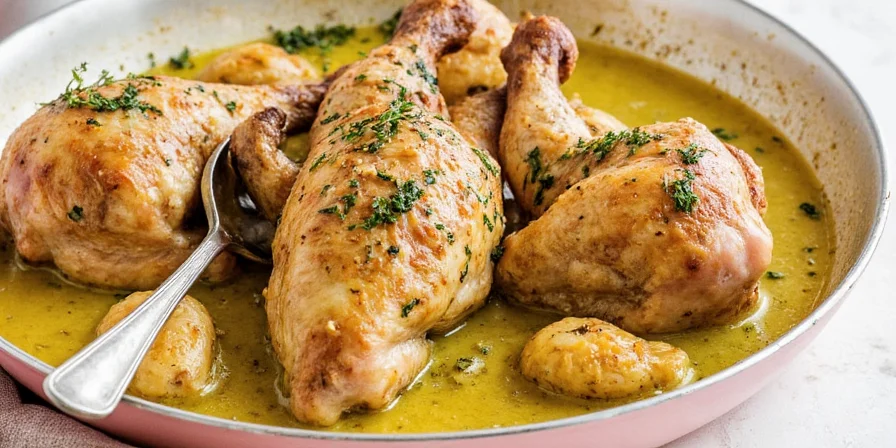

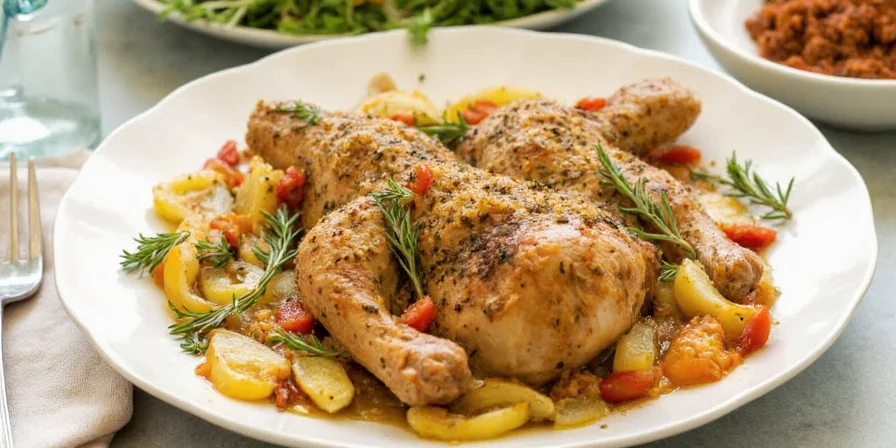









 浙公网安备
33010002000092号
浙公网安备
33010002000092号 浙B2-20120091-4
浙B2-20120091-4